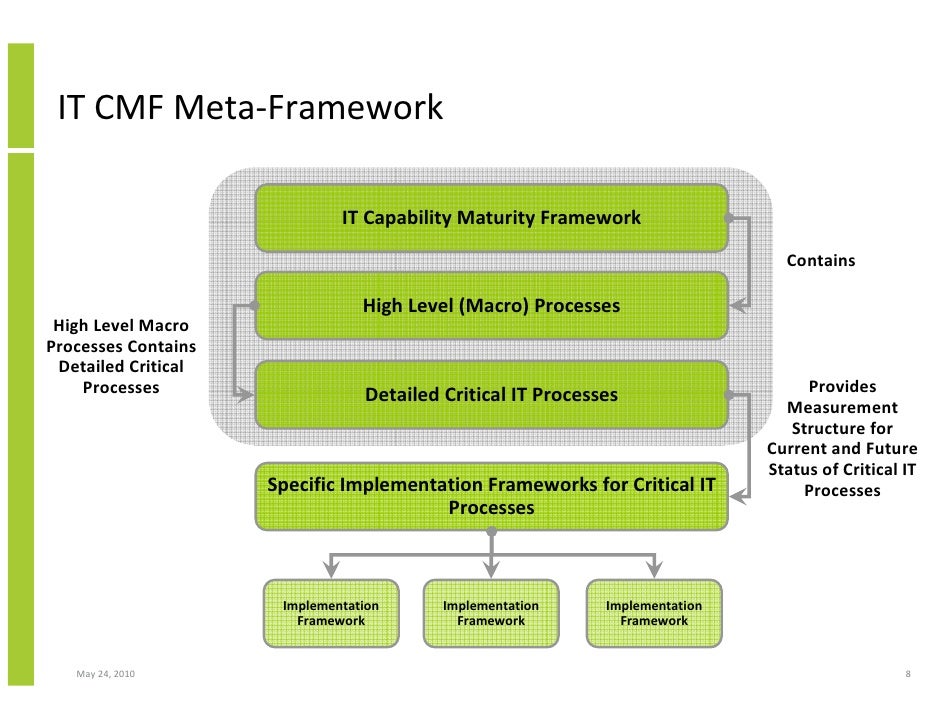


Marcos Meseguer, the study director, said: “Our results show for the first time that an AI-based system can precisely measure microscopic cell edges in the dividing embryo, which allowed us to distinguish between euploid and aneuploid embryos. The team combined this finding with computer vision-based measurements of cell edges in time-lapse videos of 111 euploid and 120 aneuploid embryos, discovering that aneuploid embryos reach their blastocyst stage earlier than the euploid embryos. Despite this, time-lapse imaging is not able to analyse the chromosomal status of an embryo, with computer vision with AI possibly providing the perfect solution.Ĭhromosomally normal embryos begin developing as blastocysts at an earlier point than aneuploid embryos, which can accurately be recognised through computer vision by the microscopic measurements of the cells’ edges, making it a precise method of calculating the number of cells and cell cycle of the blastomeres – the cells that form the embryo. Over the last ten years, embryo growth has been visualised by time-lapse technology, which produces an image for each stage of the embryo’s development until it becomes a blastocyst and is ready to be transferred to the uterus. Methods that investigate embryos for aneuploidy require cell samples taken through biopsy from the embryo, which has raised safety concerns and prompted scientists worldwide to develop non-invasive methods.

Embryos containing a normal number of chromosomes – known as euploid – have the best chance of implanting in the uterus and instigating pregnancy, whereas abnormal embryos – aneuploid, do not have a chance. The innovative method can efficiently distinguish between euploid and aneuploid embryos, determining which ones will be optimal for IVF treatment.Įxamining the chromosomal content of embryos has become a routine and controversial method used in many fertility clinics to determine the ideal candidates for maximising birth rates from IVF treatment. The novel technique, developed in a collaborative endeavour between researchers at IVIRMA Valencia and AIVF, Israel, eliminates the requirement of invasive cell biopsy in IVF treatment by utilising computer vision and AI references of cell activity observed through time-lapse imaging. A new study has indicated that the combination of computer vision and Artificial Intelligence (AI) may provide a non-invasive embryo assessment that will enhance IVF treatment.


 0 kommentar(er)
0 kommentar(er)
